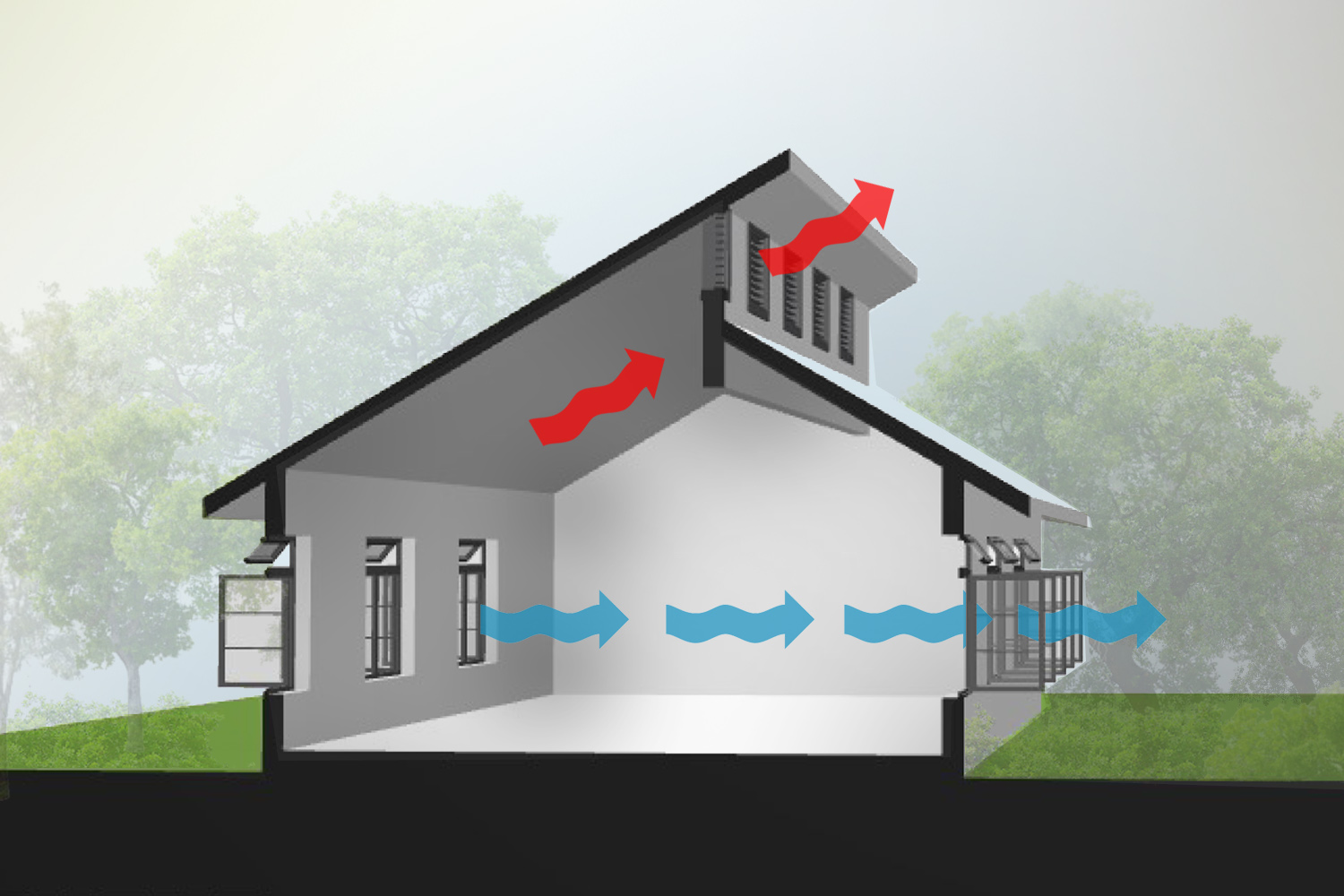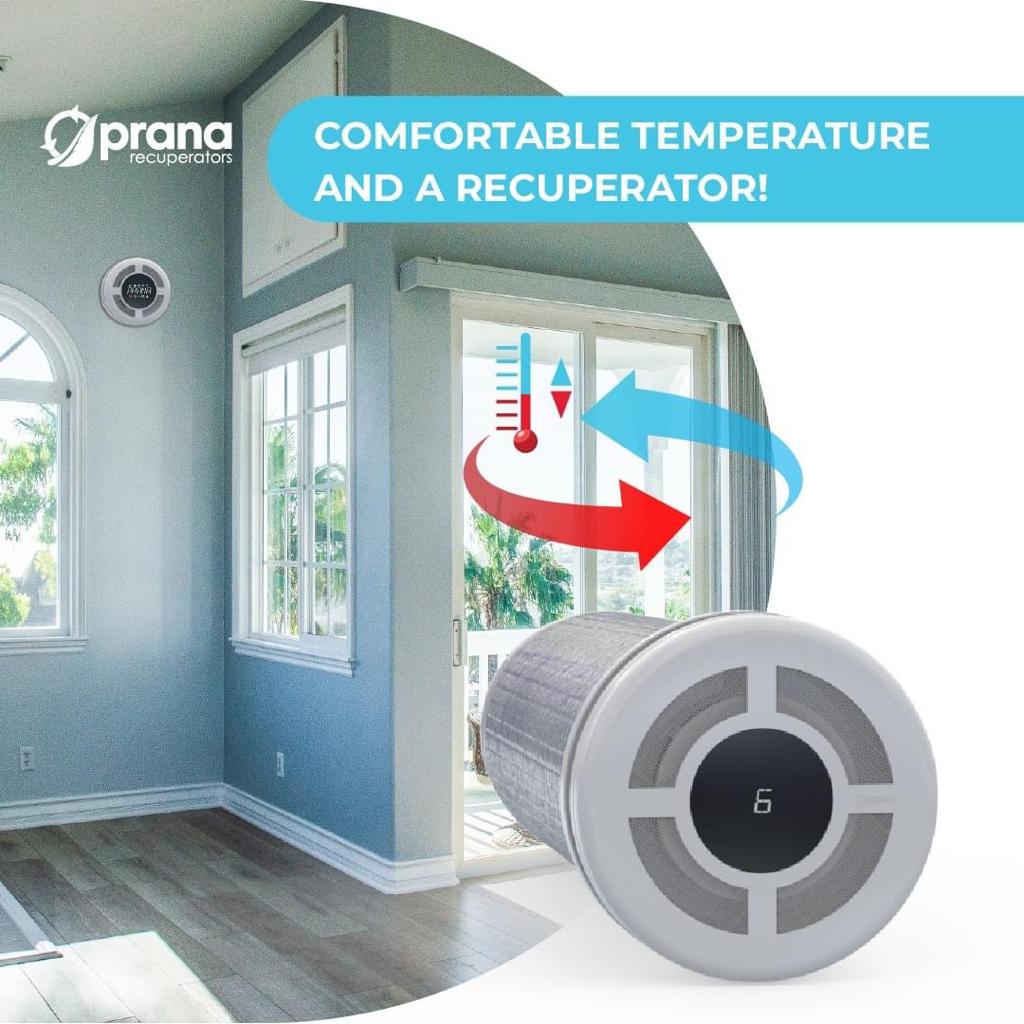Home Ventilation Melbourne Safety Tips for Cleaner Indoor Air
Wiki Article
Recognizing the Significance of Home Air Flow for a Healthier Living Setting
Home ventilation plays a vital duty in keeping a healthy living setting. It promotes the exchange of outdoor and indoor air, which is necessary for boosting air top quality. Without correct ventilation, homes can end up being breeding grounds for irritants and toxins. The effects of poor air blood circulation can be considerable. This brings up the questions of how home owners can efficiently execute air flow techniques to guard their wellness and wellness. Understanding these approaches is vital.
The Fundamentals of Home Ventilation
Home air flow works as a crucial element of interior air high quality and comfort. It includes the process of exchanging stale indoor air with fresh outside air, consequently decreasing humidity and managing temperature level. Correct air flow systems can include all-natural techniques, such as open home windows and vents, along with mechanical systems, such as exhaust followers and air exchangers. Effective home ventilation aids avoid problems like interior mold and mildew development and the build-up of hazardous bits. It also improves overall energy performance, as well-ventilated rooms can keep comfy temperature levels with much less dependence on home heating and cooling systems. Recognizing the basics of home air flow is vital for home owners seeking to develop a healthier living environment on their own and their families.
Common Resources of Indoor Air Pollution

Although many might not realize it, interior air contamination can stem from various sources within a house. Typical contributors include unpredictable natural compounds (VOCs) released from paints, solvents, and cleaning items. House devices, such as gas ovens and fireplaces, can launch dangerous gases like carbon monoxide and nitrogen dioxide. Additionally, mold and mildew and mildew grow in moist areas, launching spores that affect air top quality. Animal dander, allergen, and pollen can gather inside your home, further exacerbating air pollution levels. Smoking inside your home generates poisonous chemicals that remain airborne. Building materials, consisting of asbestos and formaldehyde, can off-gas hazardous materials. Recognizing these resources is important for preserving a healthier indoor setting and promoting efficient air flow techniques.
Health And Wellness Effects of Poor Ventilation
Interior air contamination can have significant health and wellness effects, particularly when air flow is poor. Poor ventilation can result in the buildup of damaging toxins, such as volatile organic substances, mold, and particulate matter. This build-up may lead to respiratory system problems, consisting of asthma, allergies, and persistent obstructive lung disease. Individuals might experience symptoms like migraines, tiredness, and irritability of the eyes, nose, and throat. At risk populaces, such as children and the elderly, are at higher danger for serious health and wellness impacts. Lasting direct exposure to inadequately aerated environments can also add to much more major conditions, consisting of heart diseases. Consequently, making certain correct air flow is crucial for maintaining a healthy living environment and decreasing the danger of health and wellness issues connected with indoor air pollution.Effective Air Flow Techniques for Your Home
Proper air flow is vital for maintaining a healthy and balanced indoor environment, and carrying out effective approaches can considerably improve air high quality. Property owners can begin by making sure that exhaust fans are set up in bathroom and kitchens to get rid of excess moisture and smells. Opening home windows frequently permits fresh air to distribute, specifically throughout light weather condition. In addition, using air cleansers with HEPA filters can aid capture airborne toxins. For homes with heating and cooling down systems, maintaining cooling and heating systems and changing filters on a regular basis is important for peak efficiency. Including natural air flow strategies, such as cross-ventilation, can also improve air movement. Lastly, securing any kind of leaks in windows and doors prevents undesirable drafts, which can disrupt controlled air movement, eventually leading to enhanced interior air top quality and convenience.Preserving Ideal Air High Quality Year-Round
To keep excellent air quality year-round, property owners should embrace a positive technique to handling their interior atmosphere. On a regular basis monitoring interior air top quality is crucial; learn the facts here now this includes monitoring for toxins such as dirt, mold and mildew, and unpredictable natural substances (VOCs) Applying effective ventilation systems, such as exhaust followers and air cleansers, can greatly lower air-borne pollutants. Furthermore, routine upkeep of cooling and heating systems warranties peak performance and air circulation. Homeowners need to likewise think about humidity degrees, as extreme moisture can lead to mold and mildew development. Seasonal modifications may require modifications in ventilation techniques to accommodate varying outdoor air top quality. By focusing on these techniques, property owners can produce a healthier living area, advertising general well-being for all owners throughout the year.Often Asked Questions
Exactly How Can I Tell if My Home Requirements Better Air Flow?
To determine if a home calls for better air flow, one must observe signs such as relentless humidity, mold and mildew growth, stuffy odors, condensation on home windows, or enhanced allergic reaction signs, showing insufficient air movement and potentially inadequate indoor air quality.What Are the Indications of Poor Indoor Air Quality?

Can Houseplants Improve Indoor Air Quality Effectively?
The efficiency of houseplants in improving indoor air top quality is discussed. While some researches suggest they can take in toxins and generate oxygen, their overall effect might be very little contrasted to appropriate air flow and air filtering systems.Just how Commonly Should I Change My Air Filters?
The regularity of air filter changes commonly depends on use and filter type. Generally, it is suggested to change filters every 3 check out this site months, though homes with pet dogs or allergies might require more regular adjustments for perfect performance.Exist Any Kind Of Particular Air Flow Systems for Allergy Sufferers?
Several ventilation systems, such as HEPA-filtered devices, effectively reduce allergens airborne. Home Ventilation Melbourne. These systems trap animal, plant pollen, and dust dander, supplying allergic reaction patients with a cleaner, much healthier indoor setting while taking care of air quality effectively
It facilitates the exchange of indoor and outdoor air, which is essential for improving air high quality. Home ventilation serves as a vital element of indoor air high quality and comfort. It involves the procedure of trading stagnant indoor air with fresh outdoor air, thereby reducing moisture and controlling temperature. Indoor air pollution can have substantial wellness effects, specifically when air flow is insufficient. Appropriate ventilation is important for maintaining a healthy interior setting, and carrying out efficient techniques can significantly improve air top quality.
Report this wiki page